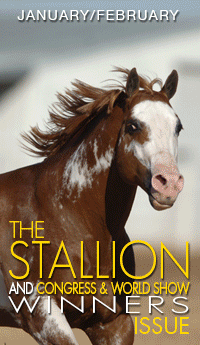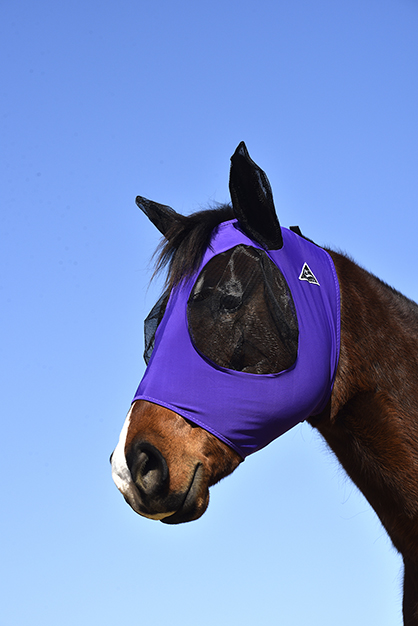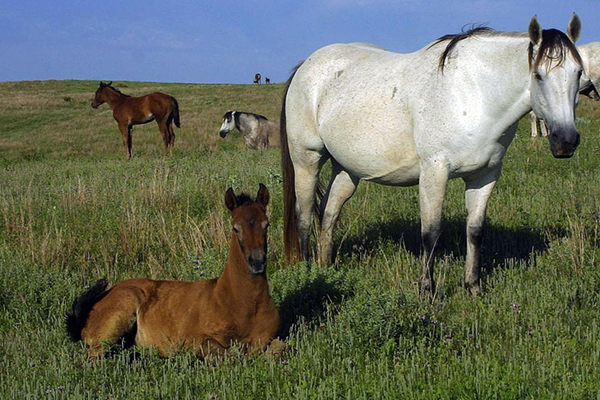
AQHA Publicity The American Quarter Horse Association was notified by its approved laboratory, the University of California-Davis, that the Veterinary Genetics Laboratory is temporarily pausing genetic testing July 5-9 for operation recalibration. Operation recalibration is an initiative to address deferred equipment maintenance. The Veterinary Genetics Laboratory will be closed on Monday, July 5, in observance […]
Continue reading …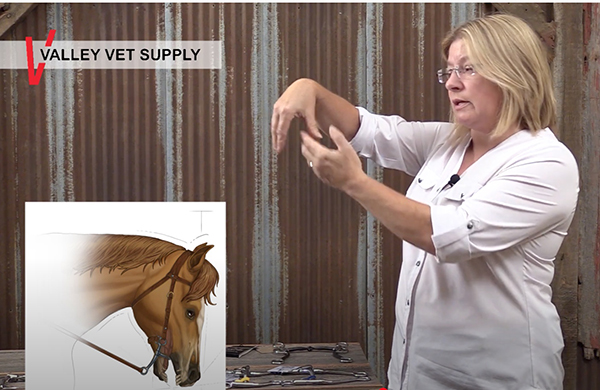
“It is important to understand what the bit is doing and what to watch for,” cautions Chris Blevins, MS, DVM, Associate Professor, Equine Field Service with Kansas State University. “It is our responsibility to keep our horses comfortable.”
Continue reading …Free Equine Business 101 Course for a Limited Time
June 7, 2021 Comments Off on Free Equine Business 101 Course for a Limited Time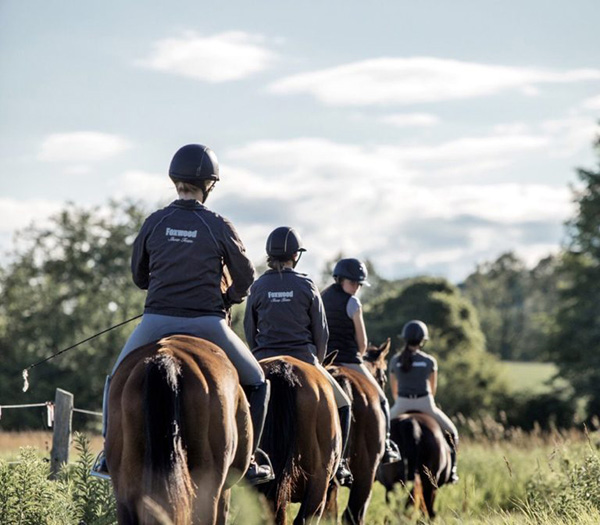
Statistically, a high number of equine businesses do not succeed beyond their first few years. The goal of the Equine Business 101 course is to put you on a path to beat those odds. Throughout the course, you will be provided with some basic information to guide you in the creation of your plan to run a successful equine facility.
Continue reading …Equine Specialists Host EHM Webinar For Horse Owners
June 2, 2021 Comments Off on Equine Specialists Host EHM Webinar For Horse Owners
The webinar presented the latest updates on EHM in Europe and the United States. Topics included EHM risk factors, clinical syndrome, testing and diagnostics, medical intervention and treatments, biosecurity and preventive measures, vaccines, and effects on import/quarantine.
Continue reading …Equestrian College Courses Online- Business and Bias, Grit and Toughness, and English Riding
June 1, 2021 Comments Off on Equestrian College Courses Online- Business and Bias, Grit and Toughness, and English Riding
The three courses offered this spring include Business and Bias in the Equestrian Industry; Grit, Toughness, and Contemporary Equestrian Coaching; and English Riding: History, Culture, and Industry Evolution.
Continue reading …New Survey Seeks to Understand Management of Equine Cushing’s Disease in Horses
May 25, 2021 Comments Off on New Survey Seeks to Understand Management of Equine Cushing’s Disease in Horses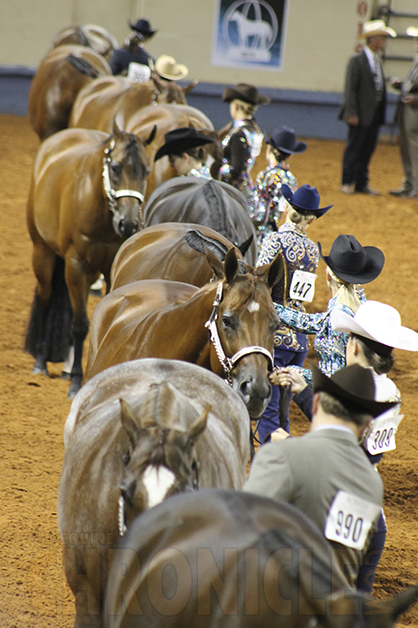
University of Melbourne researchers are undertaking a survey of horse owners to better understand their management of pituitary pars intermedia dysfunction (PPID) also known as Equine Cushing’s disease. PPID is a common condition in older horses and ponies and is linked to a range of problems including laminitis (a foot problem causing severe lameness), weight loss and a long curly hair coat, plus various other signs. The survey forms part of a broader, major international project to improve the understanding and knowledge of the fundamental causes of the condition, to improve early diagnosis, treatment, husbandry, and nutritional management.
Continue reading …From The Lab- Clenbuterol Threshold Recommendations
May 24, 2021 Comments Off on From The Lab- Clenbuterol Threshold Recommendations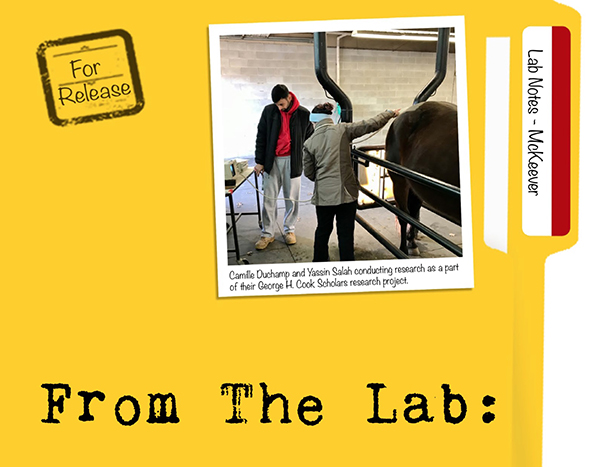
Clenbuterol has been shown to induce repartitioning effects, a decrease in fat mass and increase in fat free (muscle) mass, starting in the middle of the recommended dose ranges (2.5ug/kg, twice daily). Those changes do not translate into improved equine performance. These changes actually have been shown to cause a decrease in markers of aerobic and anaerobic performance.
Continue reading …Equine Non-Profits Granted Nearly $70,000 by USA Equestrian Trust
May 23, 2021 Comments Off on Equine Non-Profits Granted Nearly $70,000 by USA Equestrian Trust
USA Equestrian Trust® announced it has awarded nearly $70,000 in grants to help fund equine-focused projects by a dozen non-profits. The organizations receiving funding all submitted applications as part of the Trust’s 2020 application period. Since the inception of its grants program, the Trust has awarded more than $2.2 million in grants. The Trust is also […]
Continue reading …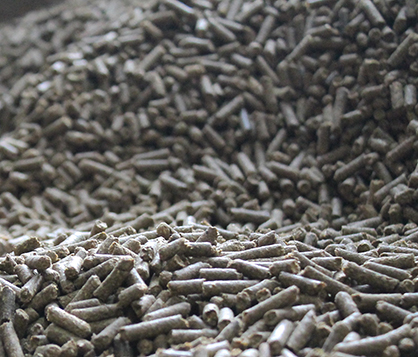
If you think about all the different ingredients in a bag of horse feed, including forage and grain products, the reason why these guarantees are important becomes more obvious. Ingredient prices and fluctuations due to the weather, the season and other variables can easily change the composition of a bag of feed.
Continue reading …






